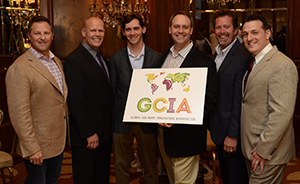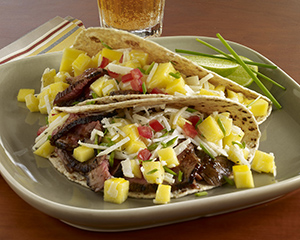Two Foodservice Trade Organizations with Worldwide Reach Launch at NRA Show
Tuesday, 17 June 2014 13:58
 The Global Culinary Innovators Association and International Food and Beverage Technology Association announced their respective formations at the industry’s largest trade show last month.
The Global Culinary Innovators Association and International Food and Beverage Technology Association announced their respective formations at the industry’s largest trade show last month.
Two new organizations serving the foodservice industry launched at the National Restaurant Association’s 2014 Restaurant, Hotel-Motel Show in Chicago in May. Both aim to impact and benefit from the sharing of best practices and information with counterparts and colleagues around the world.
Following is a brief description of each new organization:
Global Culinary Innovators Association (GCIA)
The new association benefits corporate chefs and menu innovators from leading multiunit foodservice operations. Members will include company founders, leading culinarians and marketing experts who are spearheading the menu innovation for their companies within multiple industry segments.

 Research and trend predictions point in the same direction: Use more fresh mango on menus.
Research and trend predictions point in the same direction: Use more fresh mango on menus. Whether you maintain one or 21, building the practice of keeping a journal and recording key ideas and activities can very useful for three important reasons.
Whether you maintain one or 21, building the practice of keeping a journal and recording key ideas and activities can very useful for three important reasons. Are you dooming your students to failure by not focusing enough attention on helping them find and keep jobs after graduation?
Are you dooming your students to failure by not focusing enough attention on helping them find and keep jobs after graduation? There should be no room for variance from a standard of expectation among all stakeholders—employers, faculty, parents and the students themselves. To ensure that culinary grads meet acceptable skill and aptitude standards, Chef Sorgule suggests employing a “passport.”
There should be no room for variance from a standard of expectation among all stakeholders—employers, faculty, parents and the students themselves. To ensure that culinary grads meet acceptable skill and aptitude standards, Chef Sorgule suggests employing a “passport.”